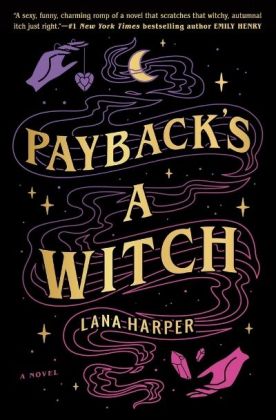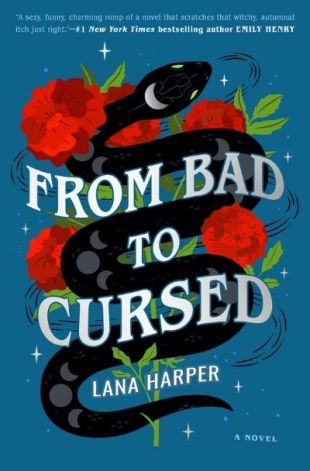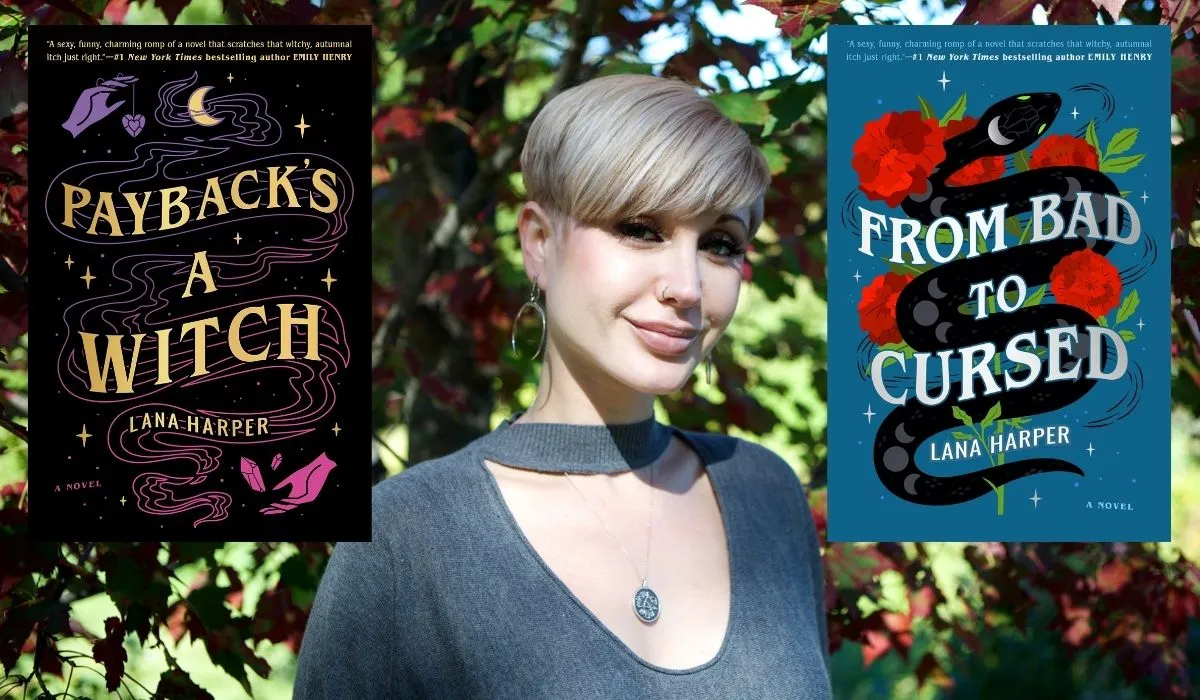I was not-quite-nine when I had my first full-blown panic attack. We were on a family vacation in Montenegro, where we went every summer, and it happened at night; I don’t remember what triggered it. I do remember being rushed to a hospital—the kind of bleak Communist-era institution that most Americans would likely associate more with horror movies than routine medical care—by my parents, who were understandably very freaked out by their kid’s racing heart, shaky legs, and sudden inability to breathe properly.
To really level up the experience, the pediatric specialists in situ had clearly never previously witnessed (or recognized) a child having a panic attack. They administered an ECG, tranquilizers, and cardiac medicine, to prevent what seemed to them like the possibility of an imminent heart attack (… in an otherwise perfectly healthy nine-year-old).
Almost thirty years later, this remains one of my most frightening memories.
When the cure is worse than the disease
After that first time, it became clear that I’d have to manage these “episodes” on my own—because the kind of help I’d be likely to receive if I reached out would be worse than just white-knuckling it.
To be clear, I’ve never thought of this as my parents’ fault. I grew up in Eastern Europe, and at the time, local medicine barely acknowledged mental health issues as a medical concern. Neither my parents nor the doctors were equipped to handle me, when “problems of the nerves” were widely perceived as the worst possible thing that could happen to you, functionally untreatable.
Nor did I give them the chance to react differently. After that first time, the panic attacks happened often, and usually at night. They’d come with a racing heart, trembling legs, and a feeling of intense, overwhelming fear—and sometimes they’d last for hours. This went on for at least another two or three years, waxing and waning as I got older. I began avoiding social situations in which I couldn’t hide them; I stopped wanting to go to the movies, to sleepovers, to restaurants for family dinners.
Anything not within ready reach of my bedroom refuge felt like a massive risk, because how could I hide what was happening, if it happened where everyone could see?
It’s not in the books, so it must be really bad
Already a dedicated bookworm, I began spending even more time reading, with books serving as my personal safe space, the easiest way to self-soothe whenever I felt panic encroaching. What I soon noticed was that in the stories I loved most—sci-fi and fantasy, preferably with a strong magical component—the characters rarely echoed my experience.
Even once I understood how to frame and name my own internal struggles, I can’t recall ever reading about a favorite witch, wizard, or superhero who experienced anything like generalized anxiety or panic. These were hardcore, take-charge people, and if they did struggle with mental health, it was usually with addiction, PTSD, or anger management—almost as if these equally difficult problems were considered somehow edgier, and therefore more acceptable for otherwise cool, “strong” people to grapple with.
But there’s nothing weak about having to manage panic, anxiety, or some fresh-hell mixture of both most—if not all—of your days. Once I began writing my own stories, that was what I wanted to write, as a form of active therapy for myself as well as representation for other readers. I wanted to create cinematic, mythical worlds filled with magically powered characters who dismantled the most harmful and disempowering notions I’d internalized over the years, like:

You can’t be a badass and struggle with mental health
This one is, by far, the most insidious takeaway. It implies that being wired a certain way prevents you from being a high-achiever, a boss, or an otherwise strong and impressive person—which is, of course, total nonsense. When I wrote From Bad to Cursed, I intended for Isidora Avramov, a demon summoner and hugely powerful necromantic witch, to demonstrate that someone so unambiguously badass could also struggle with baseline anxiety and frequent panic attacks.
Because there’s nothing mutually exclusive about being both strong and vulnerable—most of us are both! It’s the human condition, and in my experience, the lessons that come out of navigating that tension are often the most valuable ones.
You can’t be sexy/appealing/loveable and struggle with mental health
Oof, this hit me so hard growing up. The idea that others might find you fundamentally lacking because of mental health struggles is a terrible blow to anyone’s self-esteem—and again, in Cursed, I wanted to depict Issa as a sensual, vivacious, and very enticing person, so attractive that even her own archenemy, green-magic healer Rowan Thorn, comes around to her appeal.
Anxiety and panic are your shame and your problem
As a child and young adult, I felt compelled to hide my anxiety and panic attacks in order to protect myself, not just from traumatic hospitalizations but from other people’s judgment. Issa initially reflects this defensive stance, and part of her journey in Cursed deals with her learning how to ask for and accept help without fear—beginning with Rowan, who makes clear that Issa’s panic attacks are simply another part of her, nothing that warrants either fear or shame.
There’s no better way to strip something of its power than by losing your fear of it, and resisting the urge to deny its existence. That’s why magical stories featuring larger-than-life characters who deal with mundane mental-health struggles are so important—to shine a stadium light on that darkness.
To blow the shadows into oblivion, until there’s no reason left to be afraid or ashamed of who we are.
—
From Bad to Cursed

Opposites attract in this wickedly charming rom-com by Lana Harper, New York Times bestselling author of Payback’s a Witch.
Wild child Isidora Avramov is a thrill chaser, adept demon summoner, and–despite the whole sexy-evil-sorceress vibe–also a cuddly animal lover. When she’s not designing costumes and new storylines for the Arcane Emporium’s haunted house, Issa’s nursing a secret, conflicted dream of ditching her family’s witchy business to become an indie fashion designer in her own right.
But when someone starts sabotaging the celebrations leading up to this year’s Beltane festival with dark, dangerous magic, a member of the rival Thorn family gets badly hurt–throwing immediate suspicion on the Avramovs. To clear the Avramov name and step up for her family when they need her the most, Issa agrees to serve as a co-investigator, helping none other than Rowan Thorn get to the bottom of things.
Rowan is the very definition of lawful good, so tragically noble and by-the-book he makes Issa’s teeth hurt. In accordance with their families’ complicated history, he and Issa have been archenemies for years and have grown to heartily loathe each other. But as the unlikely duo follow a perplexing trail of clues to a stunning conclusion, Issa and Rowan discover how little they really know each other… and stumble upon a maddening attraction that becomes harder to ignore by the day.
From Bad to Cursed releases May 17.
Want more stories like this? Become a subscriber and support the site!
—The Mary Sue has a strict comment policy that forbids, but is not limited to, personal insults toward anyone, hate speech, and trolling.—









Published: May 3, 2022 09:00 am